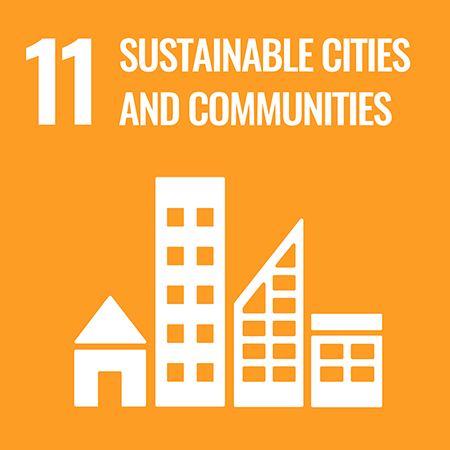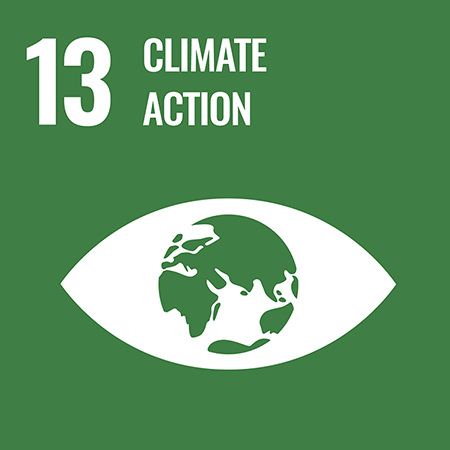Impact of longer Drought periods on Climate in Greater Vienna: appropriate Mitigation measures
Abstract
Imp_Drop evaluates the influence and interactions of vegetation dynamics on urban cooling under climate change induced drought effects in the Greater Vienna region. Focus will be on combining effects of a) seasonal optimization of evaporative cooling in the Vienna surrounding agricultural regions and of green infrastructure within urban Vienna and b) urban technical measures such as local photovoltaic system effects, increasing albedo and anthropogenic heat reduction.The investigations will include experimental investigations as well as model simulations. Hypothesis to be tested: 1) There are substantial improvements possible by climate-sensitive land use planning in the areas surrounding Vienna that may lead to a substantial decrease of temperatures during drought and heat periods : including water retention, crop rotation schemes, crop irrigation and extension of the Viennese green belt.Vegetation under drought stress significantly reduces contribution to evaporative cooling. 2) There are substantial improvements possible by climate sensitive design of building roofs including choice of green roof plants, and potentially in combination with PV panels. Higher reflective plants chosen for green roof types may help to maintain the cooling effect of green roof even during drought periods. PV panels on green roofs may lead to a strong increase of the substrate water content during drought periods due to shading by the PV panels. 3) There are substantial improvements possible by climate sensitive design of the street canyons caused by vegetation shade, evapotranspiration and reflective properties of plants as well as potentially in combination with building integrated PV on facades. 4) Local electric power and heat production by solar panels may substantially reduce the anthropogenic heat generated by power production and thus reduce temperatures. Anthropogenic heat may be, with regard to climate, effectively reduced by introducing some regulations.
keywords construction greening climate change soil and water bioengineering water balance
Publikationen
Impact of longer Drought Periods on Climate in Greater Vienna: appropriate Mitigation measures
Autoren: Philipp Weihs, Heidelinde Trimmel, Christian Gützer, Melissa Sadriu, Josef Eitzinger,Sabina Thaler, Erich Mursch-Radlgruber, Herbert Formayer, Katharina Perny, Tobias Pröll,David Wöss, Hans-Peter Rauch , Stefan Hörbinger, Deborah Szocska, Jürgen Preiss,Max Wittkowski, Valery Masson, Thomas Roth Jahr: 2023
Conference & Workshop proceedings, paper, abstract
Project staff
Johann Peter Rauch
Assoc. Prof. Priv.-Doz. Dipl.-Ing. Dr.nat.techn. Johann Peter Rauch
hp.rauch@boku.ac.at
Tel: +43 1 47654-87404
Project Leader
01.02.2022 - 31.07.2024
Stephan Hörbinger
Dipl.-Ing. Dr. Stephan Hörbinger
stephan.hoerbinger@boku.ac.at
Tel: +43 1 47654-87415
Project Staff
01.02.2022 - 31.07.2024

